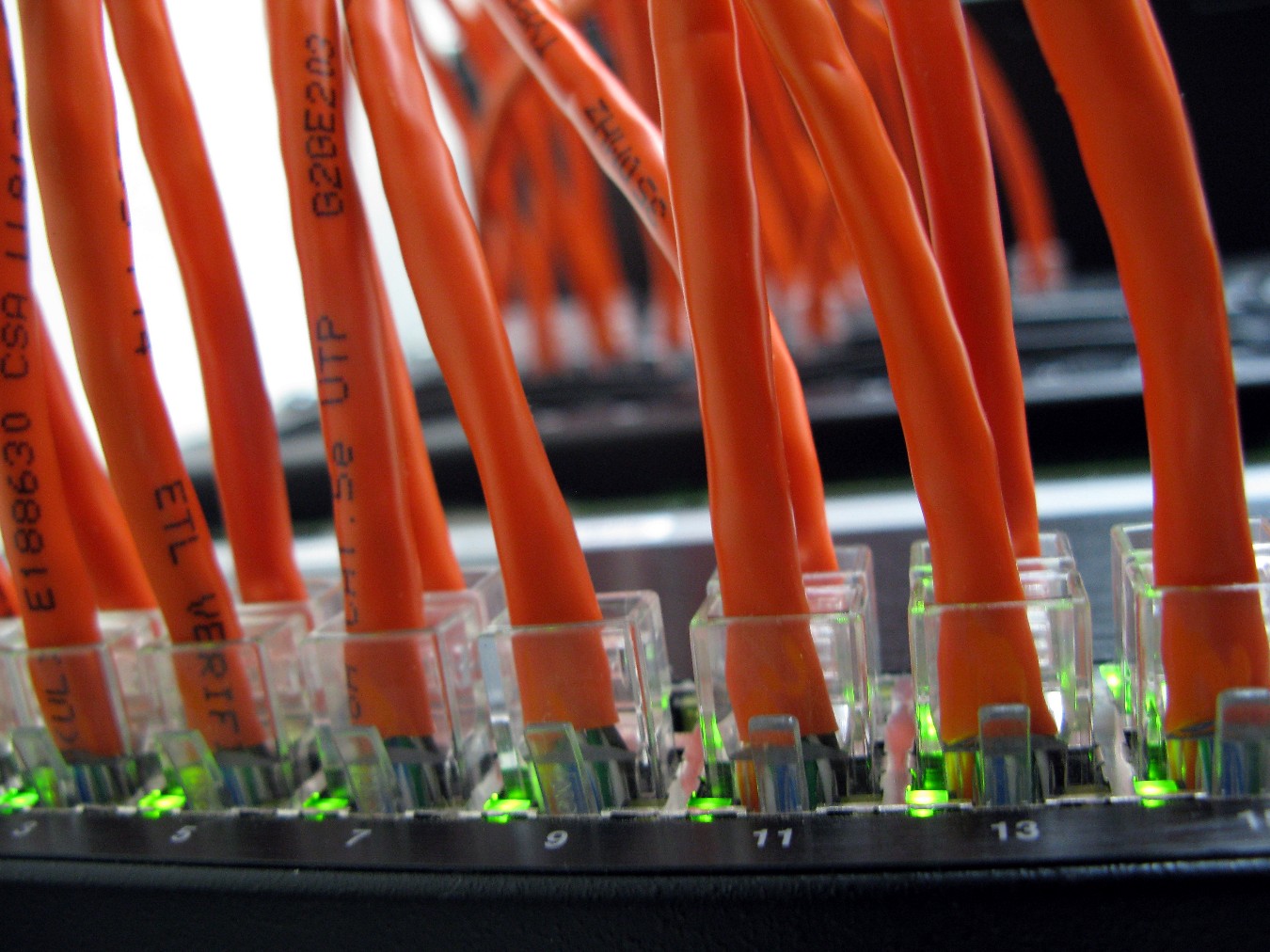
Submarine and terrestrial high speed fiber-optic cable operator SEACOM has announced that it will be expanding its providing high-speed Internet (20Mbps) connectivity to technology hubs in East Africa.
The main beneficiaries of this expansion are Ugandan tech hubs Hive Colab and Outbox Hub.
“This investment in bandwidth falls in line with SEACOM’s commitment to supporting technology innovation in Africa and to helping Uganda’s technology industry create and utilize opportunities made possible with broadband Internet,” Joseph Muriithi, SEACOM’s MD for Kenya, said in a press release.
SEACOM’s move into Uganda is a part of its strategy to expand into new territories and drive innovation in the technology sector.
“Tech hubs support developers and entrepreneurs”, the statement continues. “These hubs in turn develop products that lead to the growth of the technology industries of the countries they are located in.”
SEACOM launched Africa’s first high speed submarine fiber-optic cable system along the eastern and southern coast of Africa in 2009, bringing high speed and affordable broadband internet bandwidth. Since then, the company has moved into service provision, offering data services to Africa’s growing ICT community.
SEACOM already has a presence beyond its fiber-optic cable landing zones in East Africa, having supported Nailab, iHub and m:lab in Kenya with high speed internet access since 2012. The cable landed at the coastal city of Mombasa in 2009, with three terrestrial cable routes extending the network to to Nairobi.
Uganda’s story is more complicated though. Being landlocked, the country is dependent on overland links through neighbours Kenya and Tanzania, through a convoluted series of terminals and nodes.
From Nairobi, the cable extends inland to the Tororo border in protected mode, and then on to SEACOM’s Kampala point of presence via underground and overhead routes. A landing station in Dar-es-Salaam offers redundancy for the Ugandan link to the SEACOM network.
SEACOM’s initiative will link Uganda’s tech hubs to high speed internet and improve links between Kampala and the Mombasa and Dar-es-Salaam landing stations. This will in turn ensure high service availability and service levels for Internet users in Uganda.
This move follows Google’s Project Link, a terrestrial fibre-optic cable network that in turn supports a network of wi-fi hotzones spread out in Kampala to provide last-mile internet access.
Photo Credit: frankieleon via Compfight cc










